
Roots
Consider, for a moment, the whisper of wood against tightly coiled strands, the gentle resistance as ivory teeth untangle a century of stories. This is where we begin our understanding of the ancient comb—a simple tool, yes, yet one deeply etched with the very essence of identity and the enduring heritage of textured hair. Our connection to these ancestral implements runs far deeper than mere utility; it is a shared breath across millennia, a silent conversation between our hands and those who shaped their world with similar gestures of care and adornment.
For individuals of African descent and those with mixed racial lineages, the journey of textured hair is one of extraordinary resilience and profound beauty. It is a heritage etched in every helix, a living archive carrying the wisdom of generations. The earliest tools crafted for hair, then, were not arbitrary creations; they were born from an intimate understanding of specific hair textures, an intuitive recognition of their unique needs and their capacity to convey status, spirituality, and belonging. These aren’t just artifacts; they are echoes from the source, telling tales of the earliest moments when human hands first shaped material to tend to the glorious complexity of our hair.

Early Tool Origins for Textured Hair
The origins of the comb stretch back into the mists of prehistory, long before written records documented human endeavors. Archaeological discoveries across Africa, particularly in ancient Egypt and Nubia, consistently reveal combs whose very design speaks volumes about their intended purpose ❉ the care of densely packed, coily, and kinky hair. These were not generic implements; they possessed a particular architecture. Often featuring wide, robust teeth on one side and finer teeth on the reverse, these dual-purpose tools offered solutions for both detangling and precision styling.
The materials chosen for these earliest combs held significance. Bone, ivory, and wood were among the favored choices. Bone, sturdy and readily available, could be carved with remarkable precision, holding its form through years of diligent use. Ivory, particularly from elephants, was a material of luxury and prestige, its smooth surface and rich color speaking of wealth and elevated social standing.
The selection of wood often depended on local availability and the properties of the timber itself—hardwoods offering durability, softer woods allowing for intricate carving. Each material, from the humble bone to the venerated ivory, brought its own qualities to the ritual of hair care, subtly influencing the tool’s effectiveness and its perceived value within a community.
Ancient combs, particularly those from African civilizations, were precisely designed with features such as varied tooth spacing, directly addressing the intrinsic needs of textured hair.
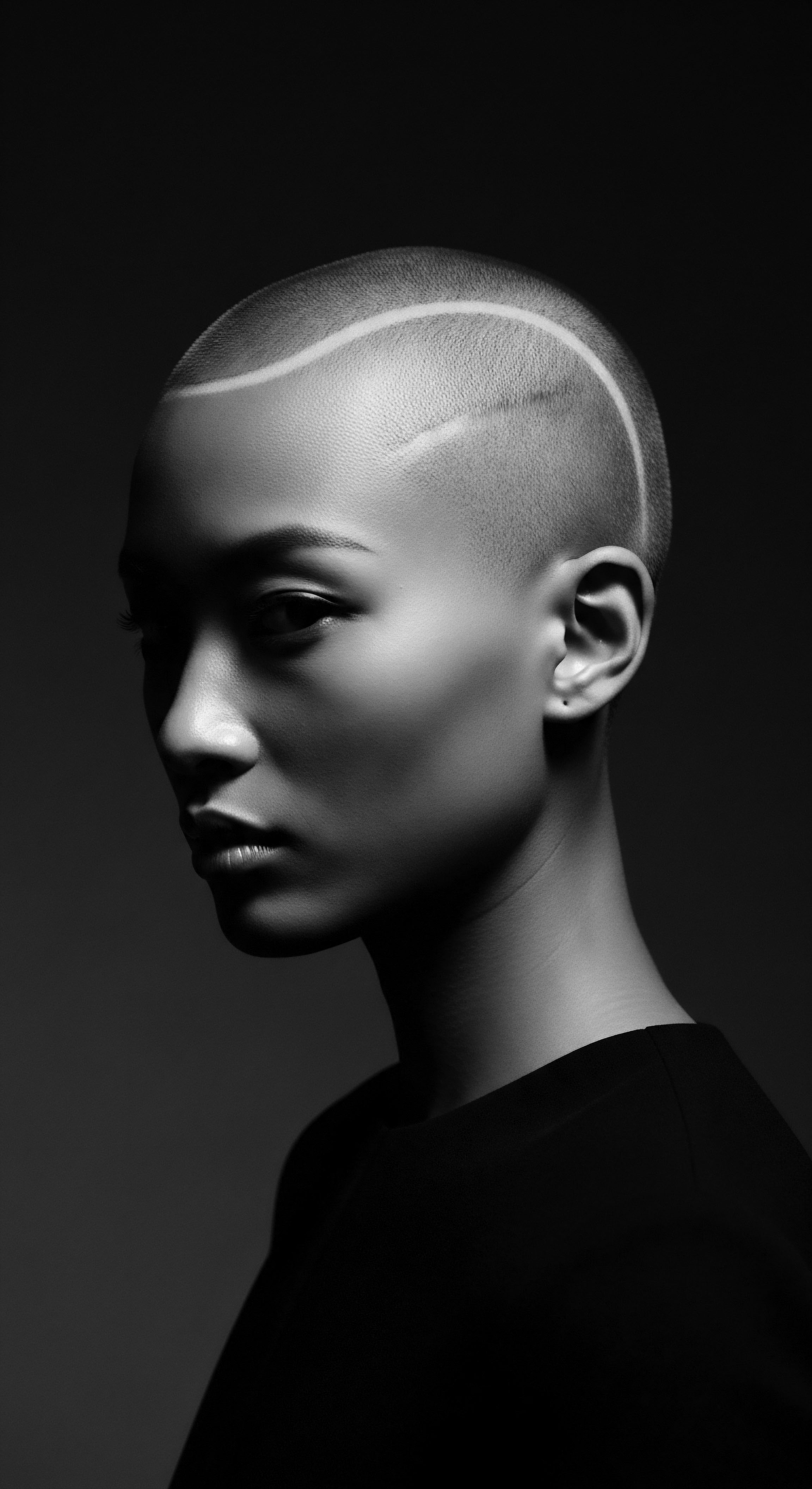
Hair Physiology and Comb Design
Consider the biology of textured hair—its elliptical cross-section, the twists and turns of the hair shaft, the way it coils upon itself. This inherent structure lends itself to volume and strength but also to the tendency to intertwine and create natural tangles. The creators of ancient combs, without modern scientific nomenclature, possessed an innate, lived understanding of this physiology. Their combs, therefore, were empirical marvels, designed through generations of trial and observation.
Wide-toothed combs permitted gentle separation of coils, minimizing breakage. The finer teeth, on the other hand, allowed for the creation of precise parts, the laying of edges, or the meticulous arrangement of smaller braids and adornments. This dual functionality is a testament to sophisticated practical knowledge, passed down through the ages.
The care for textured hair required tools that moved with the grain of its natural form, rather than against it. Early artisans, whose names are lost to time, crafted implements that respected the integrity of each strand. Their designs whisper of an ancestral understanding that hair, especially textured hair, is not something to be forced into submission but something to be coaxed, nurtured, and celebrated in its authentic expression.
- Functional Design ❉ Ancient combs for textured hair often featured a robust, wide-toothed side for detangling and a finer-toothed side for precise styling.
- Material Choices ❉ Common materials included carved wood, durable bone, and often prestigious ivory, each reflecting available resources and social status.
- Ergonomic Shape ❉ Many ancient combs were designed with a comfortable handle or a shape that allowed for a firm grip, acknowledging the effort sometimes required for thorough grooming.

Ritual
The comb, in ancient societies, transcended its simple function. It became a central character in the daily performance of self and community, transforming routine grooming into a profound ritual. Every stroke, every separation of a coil, every arrangement of a loc carried weight, a silent affirmation of identity, lineage, and spiritual connection. These were not just acts of personal hygiene; they were communal expressions, often taking place in shared spaces, reinforcing bonds and transmitting ancestral knowledge.

The Sacred Act of Grooming
In numerous African societies, hair was regarded as a powerful conduit to the divine, a spiritual antenna connecting the individual to ancestors and cosmic forces. Combs, as the instruments that touched this sacred part of the body, held immense ritualistic significance. Grooming was often a shared activity, mothers tending to their daughters’ hair, elders imparting wisdom as they worked through textured strands.
This shared experience forged intergenerational ties and reinforced communal identities. The rhythmic sound of the comb, the patient unraveling of knots, the application of oils and herbs—these elements formed a tender thread, a living tradition that spoke of care, continuity, and shared heritage.
For example, among certain West African cultures, intricate hairstyles, meticulously crafted with the aid of specialized combs, could signify age, marital status, social rank, or even a specific ritualistic phase (Blier, 1987). A comb was not merely a tool but an extension of the hand, capable of sculpting narratives into hair. The act of combing itself became a meditation, a communion with one’s physical self and spiritual roots. The creation of complex braids and twists, enduring for days or weeks, required dedicated time and the right tools, making the comb an indispensable companion in these elaborate expressions of self.

Combs as Cultural Archives
Ancient combs, particularly those from civilizations with rich artistic traditions, served as canvases for cultural expression. Their handles often bore carved symbols, motifs, or figures that conveyed deep cultural meanings. These adornments could depict mythological beings, ancestral spirits, symbols of fertility, or abstract patterns that spoke of cosmological beliefs.
A comb, therefore, did not merely groom; it narrated. It was a portable piece of art, carrying the collective memory and aesthetic values of its people.
| Era/Culture Ancient Egypt (Early Dynastic) |
| Typical Materials Wood, Bone, Ivory |
| Cultural Connection to Hair Heritage Indicated status, ritualistic cleanliness, and a sophisticated approach to textured hair care, often with wide-toothed and finer-toothed sides for distinct purposes. |
| Era/Culture Pre-Colonial West Africa |
| Typical Materials Wood, Calabash, Metal |
| Cultural Connection to Hair Heritage Combs often featured carved ancestral figures, geometric patterns, or symbols signifying lineage, rites of passage, and spiritual beliefs linked to hair as a sacred entity. |
| Era/Culture Ancient Rome (African Diaspora) |
| Typical Materials Bone, Bronze |
| Cultural Connection to Hair Heritage While often reflecting Roman styles, combs used by African individuals might have retained functional designs suitable for textured hair, or served as symbols of adaptation within a broader empire. |
| Era/Culture The chosen material and decorative elements of ancient combs were rarely arbitrary, often reflecting the deep societal and spiritual value placed upon hair and its care within various heritage traditions. |
The specific designs of combs also offered insights into the prevailing aesthetic standards and the types of hairstyles that were favored. For cultures that embraced elaborate coiffures, combs would feature finer teeth for precision. Where voluminous or free-flowing styles were common, broader teeth would prevail.
This symbiotic relationship between hair art and the tools used to create it provides a fascinating window into the past, illustrating how styling techniques, facilitated by the comb, allowed for profound transformations of identity and appearance. The comb, in essence, shaped both the hair and the stories it told.
Beyond simple function, ancient combs were conduits of ancestral wisdom, transforming grooming into a profound ritual of identity, community, and spiritual expression.
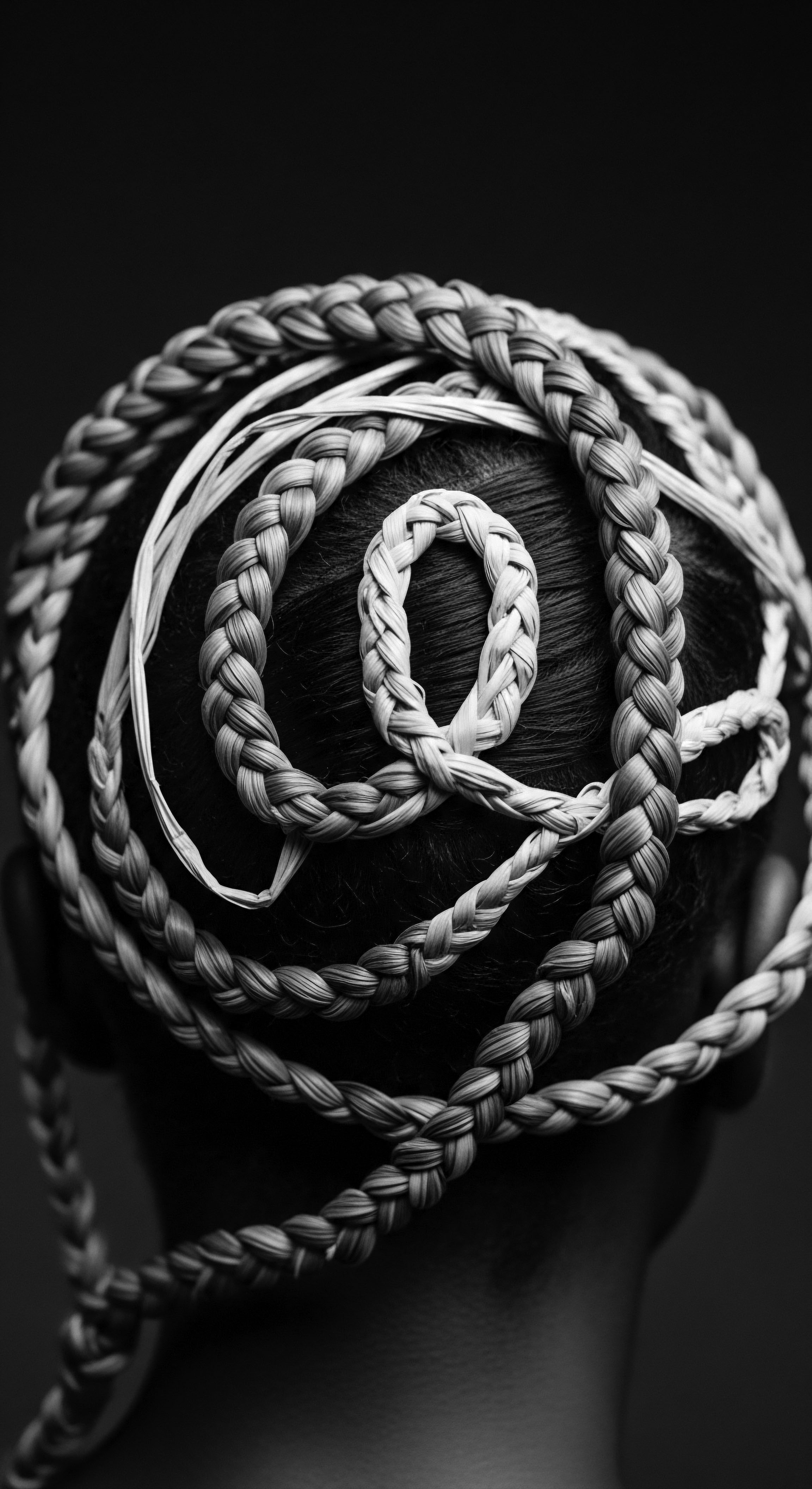
The Comb and Social Identity
The act of hair dressing, enabled by the comb, was deeply intertwined with social roles. In some societies, only certain individuals were permitted to style the hair of others, perhaps priests, elders, or skilled specialists. The comb in these hands became an instrument of authority and tradition. For women, in particular, hair styling could be a critical component of their public identity, a visual language conveying availability, marital status, and even readiness for childbirth.
The comb was the sculptor of these visual declarations. Its presence, or even its absence, could speak volumes about a person’s place within the societal fabric, making it a powerful, though often overlooked, artifact in the study of social history.
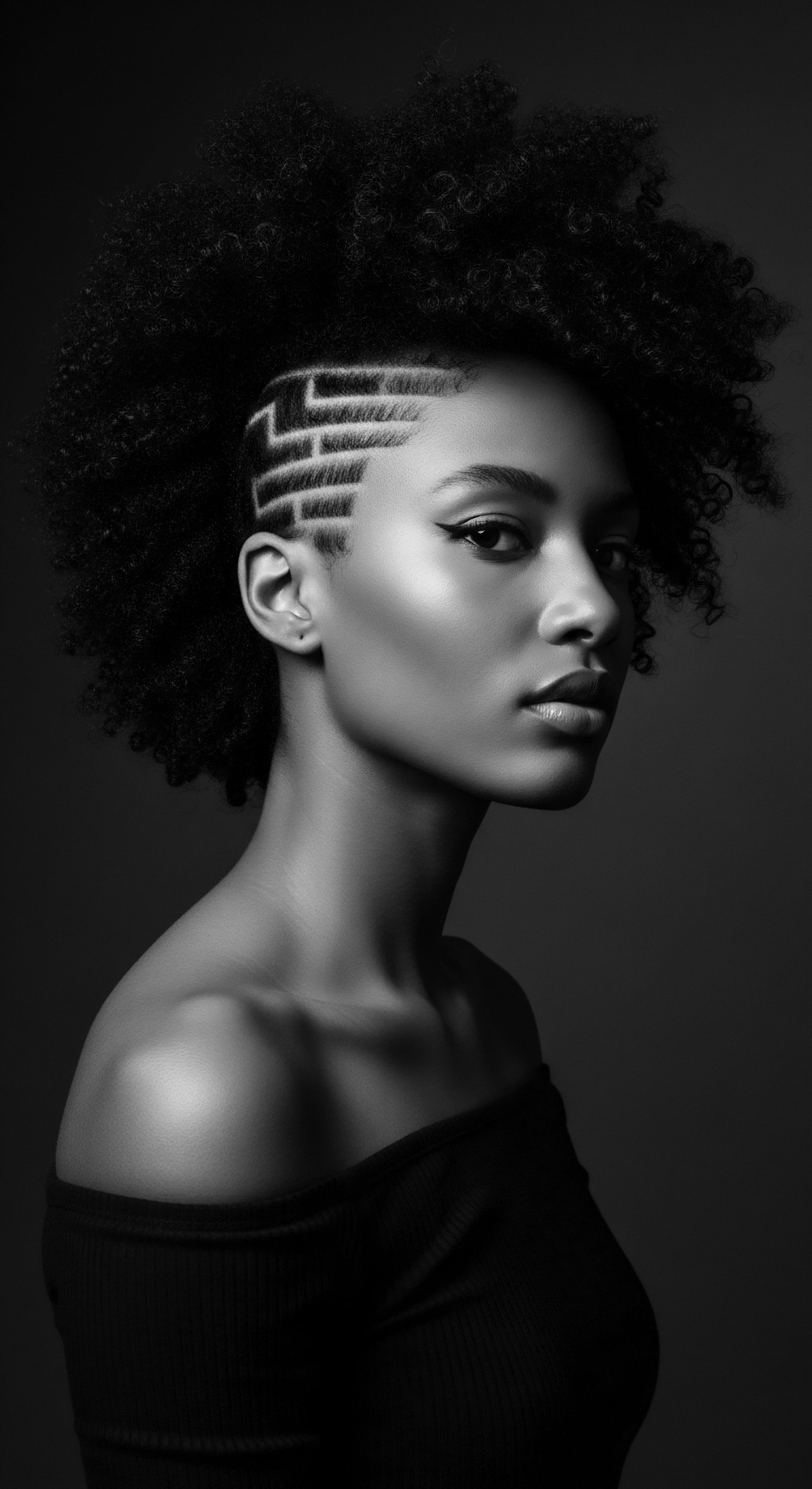
Relay
The journey of the ancient comb from a practical implement to a profound cultural artifact is a story of enduring heritage, a testament to the ways objects carry meaning across generations. Our examination here transcends the merely functional aspects; we delve into how these ancient tools transmitted ancestral knowledge, solidified collective identity, and stood as silent witnesses to both grand narratives and daily intimacies, particularly within the continuum of textured hair experiences. These relics are not inert; they relay messages from our past, offering insights into the resilience and ingenuity of our ancestors.

Combs as Testaments to Textured Hair Heritage
One cannot discuss ancient combs and textured hair heritage without honoring the profound contributions from the Nile Valley civilizations. The combs discovered in ancient Egyptian tombs and settlements stand as remarkable examples of tools precisely adapted to the needs of kinky, coily, and wavy hair. These combs often possess a dual nature ❉ one side with widely spaced, robust teeth for detangling dense hair, and the other with finer, more closely set teeth for meticulous styling, parting, and the creation of intricate braids or twists. This design is no accident; it speaks to a sophisticated understanding of hair structure and maintenance that predates modern hair science by millennia.
The renowned Egyptologist Joann Fletcher, in her work detailing ancient Egyptian hairdressing, highlights how these combs were essential for maintaining the elaborate wigs and natural hairstyles common during various periods (Fletcher, 2011). While often associated with straight hair in popular culture, ancient Egyptians (and Nubians) exhibited a wide range of hair textures. The very existence and prevalence of these dual-sided, durable combs indicate a practical response to the demands of textured hair, whether natural or integrated into wig structures. These implements facilitated complex coiffures that communicated wealth, status, piety, and ethnic identity.
The persistence of similar comb designs in various African cultures throughout history provides a compelling narrative of continuous ancestral practice, where the physical tool becomes a tangible link to inherited wisdom concerning textured hair. The comb becomes a symbol of an unbroken lineage of hair care, a silent affirmation of beauty and identity passed down from antiquity.
The dual design of ancient Egyptian combs—featuring both wide and fine teeth—demonstrates an early, sophisticated understanding of textured hair management.

Cultural Diffusion and Symbolic Resonance
The influence of comb design and its symbolic significance did not remain confined to single regions. As trade routes crisscrossed continents and populations migrated, so too did the ideas and forms associated with hair care tools. Combs, as practical items, traveled with their users, but their deeper cultural meanings also journeyed.
In many African diasporic communities, even after forced displacement, the memory of ancestral grooming practices and the symbolic weight of the comb persisted. While materials and styles might have adapted to new environments, the fundamental concept of the comb as a tool for asserting identity and maintaining connection to heritage endured.
Consider the spiritual symbolism often attributed to combs. In some belief systems, the act of combing was believed to release negative energies or to prepare the individual for spiritual rites. Combs could also be offerings to deities or ancestors, signifying respect and continuity. This layered meaning elevated the comb from a mere object to a sacred artifact, its use steeped in reverence.
- Ancestral Memory ❉ Combs served as physical embodiments of inherited knowledge regarding hair care, connecting current practices to past generations.
- Community Bond ❉ Shared grooming rituals, often involving combs, strengthened social ties and fostered a collective sense of identity within communities.
- Resilience Symbol ❉ For diasporic populations, the continuation of traditional hair practices using combs, even under oppressive conditions, symbolized cultural preservation and resistance.
- Spiritual Conduit ❉ In many indigenous spiritual practices, the comb was considered an instrument for purification, protection, or connecting with ancestral realms.
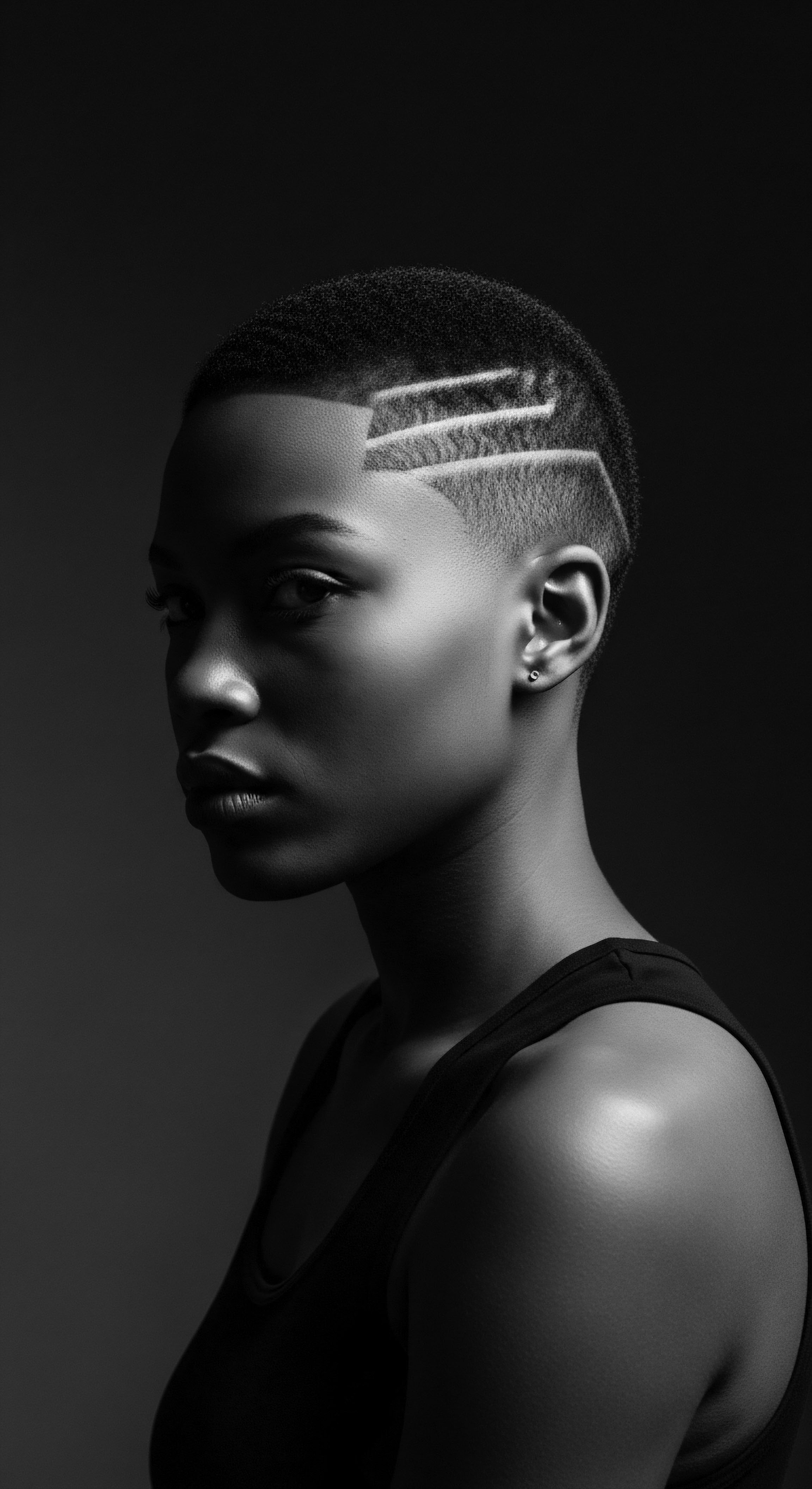
Combs and Resistance Narratives
Beyond identity affirmation, combs, particularly in the context of textured hair, sometimes played a subtle role in narratives of resistance. During periods of oppression, when dominant cultures attempted to suppress indigenous forms of expression, the maintenance of traditional hairstyles and the use of specific grooming tools could become acts of defiance. The comb, then, was not just about beauty; it was about the assertion of selfhood in the face of erasure. It quietly declared, “We are here.
Our heritage persists.” This unspoken resistance, etched into the very fiber of daily life, underscores the profound significance that seemingly mundane objects can carry when tied to the survival of cultural identity. The continued use and reinvention of combs suited for textured hair across centuries speaks to an unwavering commitment to self-definition, regardless of external pressures.
The comb, a silent companion through history, thus becomes a powerful lens through which to comprehend the intricate relationship between material culture, personal identity, and the enduring legacy of textured hair heritage. It compels us to see past the mundane and recognize the profound stories held within its teeth and handle, stories of resilience, artistry, and an unbroken lineage of self-care.
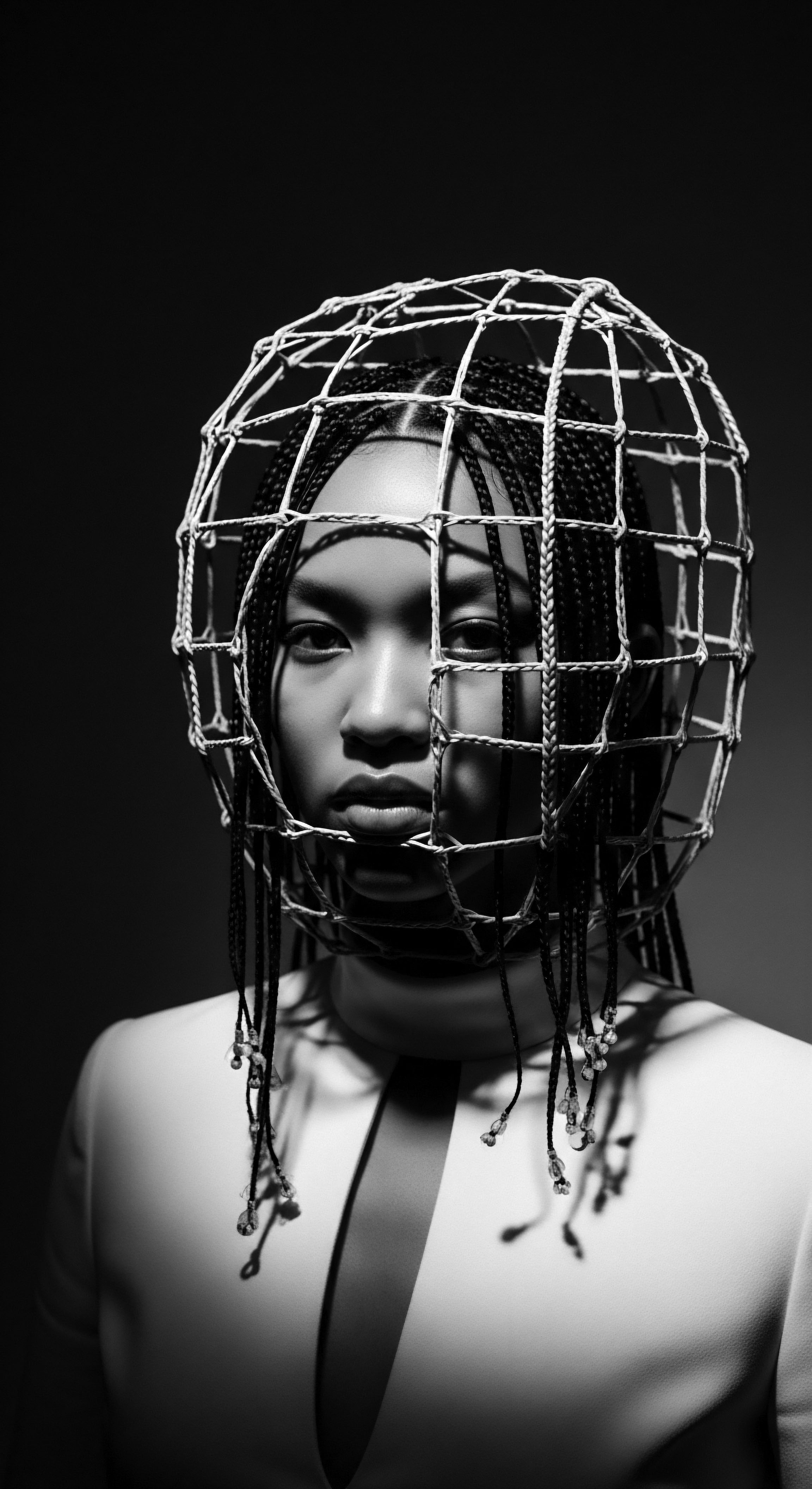
Reflection
As we trace the lineage of the comb, from its earliest carvings in bone and wood to its modern iterations, we find ourselves standing at the confluence of elemental biology and profound cultural expression. The comb is more than a simple tool for detangling; it is a profound meditation on the journey of textured hair, a living, breathing archive of ancestral wisdom and enduring resilience. Each tooth, whether wide or fine, carries the echo of hands that nurtured strands through eras of triumph and challenge.
The ‘Soul of a Strand’ ethos reminds us that our hair is not merely a biological extension; it is a repository of heritage, a visible connection to those who came before us. The ancient comb, therefore, serves as a powerful reminder of how intimately our ancestors understood the unique complexities of textured hair, crafting instruments that honored its form and celebrated its power. It calls upon us to recognize the continuous thread of care, community, and self-definition that has always been intertwined with the journey of textured hair, a legacy that continues to unfold with every conscious stroke of the comb. In these unassuming artifacts, we discern the enduring spirit of heritage, a gentle guide for our own path towards holistic hair wellness and profound self-acceptance.

References
- Blier, Suzanne Preston. The Anatomy of Architecture ❉ Ontology and Metaphor in Batammaliba Architectural Expression. University of Chicago Press, 1987.
- Fletcher, Joann. Ancient Egyptian Hairdressing. The British Museum Press, 2011.
- Ikegwuonu, Uche. “Hair in African Culture.” Journal of Black Studies, vol. 20, no. 1, 1989, pp. 1-13.
- Lynch, Hollis R. Edward Wilmot Blyden ❉ Pan-Negro Patriot 1832-1912. Oxford University Press, 1967. (While not directly about combs, provides context on hair and identity in African thought).
- Nubia and Egypt ❉ From the Prehistoric to the Islamic Period. The British Museum Press, 2004. (General archaeological texts often contain descriptions of artifacts like combs).
- Olukoju, Ayodeji. Culture and Customs of Liberia. Greenwood Press, 2006. (May contain references to grooming tools and their cultural significance).
- Robins, Gay. The Art of Ancient Egypt. Harvard University Press, 1997. (Offers visual evidence and context for ancient Egyptian artifacts).
- Thompson, Robert Farris. Flash of the Spirit ❉ African and Afro-American Art and Philosophy. Vintage Books, 1984. (Discusses deeper cultural meanings in African art, which can include functional objects).
